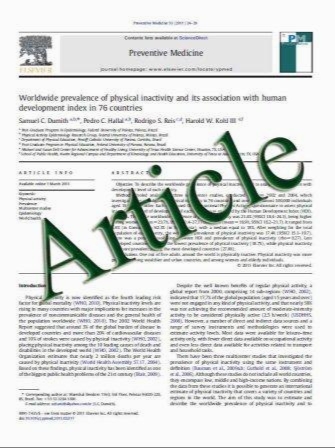A Clinical Description of Extubation Failure in Patients with Primary Brain Injury
- نوع فایل : کتاب
- زبان : انگلیسی
- مؤلف : Navaz Karanjia • Diana Nordquist • Robert Stevens • Paul Nyquist
- چاپ و سال / کشور: 2011
Description
Background Patients with acute brain injury but normal lung function are often intubated for airway protection, but extubation often fails. Currently, no clinical data exist that describe the events leading to extubation failure in this population. We examined the extubation failure rate, reintubation rate, and clinical characteristics of patients whose reason for intubation was a primary neurological injury. We then identified the clinical characteristics of those patients with primary brain injury who were reintubated. Methods We conducted a retrospective review of patients admitted to the neurocritical care unit of a tertiary care hospital from January 2002 to March 2007. Results Of 1,265 patients who were intubated because of primary neurological injury of brain, spinal cord, or peripheral nerve, 25 (2%) died before extubation and 767 (61%) were successfully extubated. Tracheostomies were placed in 181 (14%) patients, of which, 77 (6.1%) were completed before a trial of extubation and 104 (8.2%) after extubation failure. A total of 129 (10%) patients were reintubated; 77 (6.1%) were reintubated within 72 h, meeting the definition of extubation failure. The other 52 (4.1%) were intubated after 72 h usually in the setting of pneumonia or decreased mental status. Ninety-nine of the patients reintubated had primary brain injury and resulting encephalopathy. All were successfully reintubated. Most patients intubated as a result of a primary brain injury (981) were successfully extubated. The most common clinical scenario leading to reintubation in these encephalopathic patients was respiratory distress associated with altered mental status [59 patients (59%)]. These patients usually had atelectasis and decreased minute ventilation, independent of fever, pneumonia, aspiration, and increased work of breathing [39 patients (39%)]. Conclusion The extubation failure rate in our neurocritical care unit is low. In patients with encephalopathy and primary brain injury who were reintubated, respiratory distress caused by altered mental status was the most common cause of reintubation. These patients demonstrated signs disrupted ventilation usually with periods of prolonged hypoventilation. Increased work of breathing from lung injury due to pneumonia or aspiration was not the most common cause of reintubation in this population.
Neurocrit Care (2011) 15:4–12 DOI 10.1007/s12028-011-9528-5 Published online: 11 March 2011


